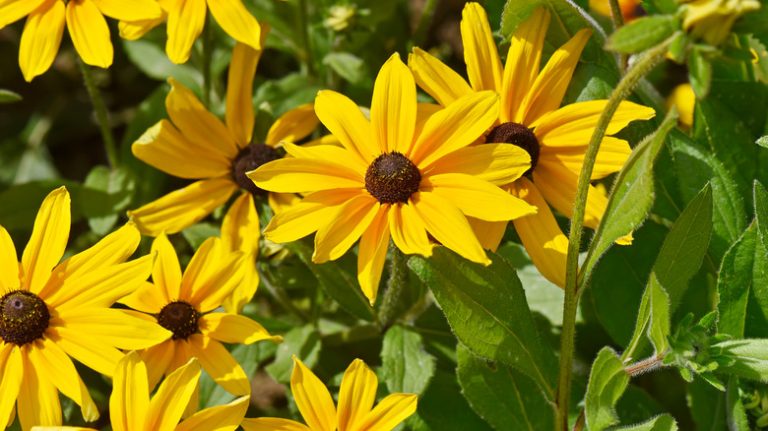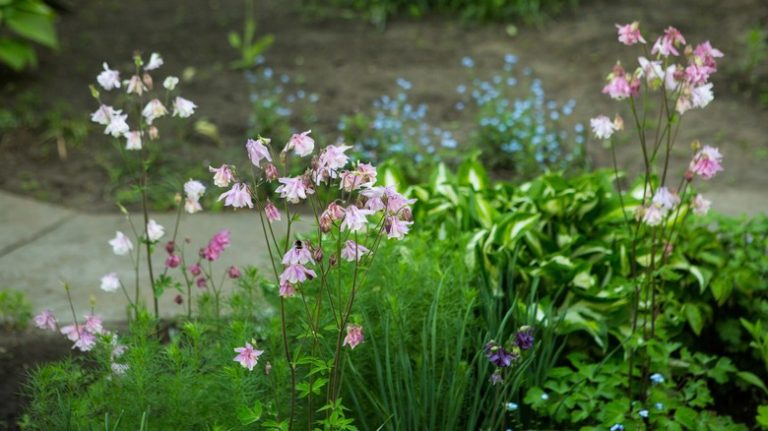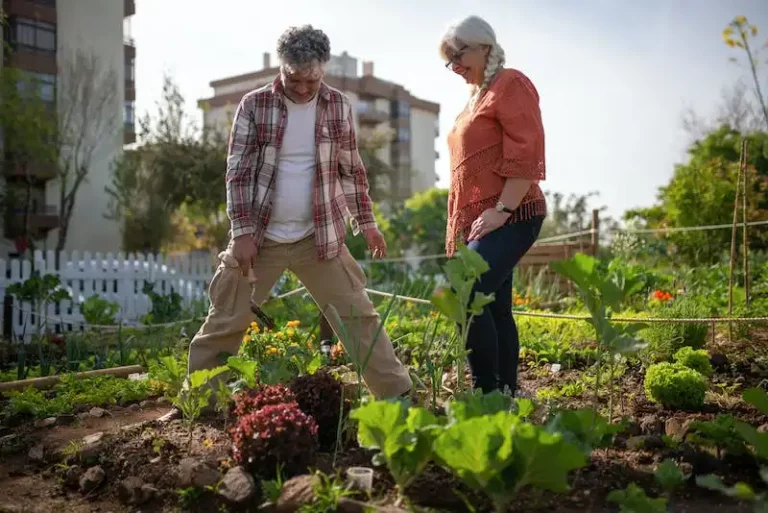When it comes to growth, Zinnias are known for their prolific reach. These beautiful flowers produce an abundance of blossoms that stay true to their original colors. Zinnias can be easily grown in pots, making them a popular choice for gardeners who want to enjoy their beauty in limited spaces.
If you want to start Zinnias from seed, you can do it indoors. This is a great way to get a head start on the growing season. Simply moisten the soil well and plant the seeds about an inch deep. Keep the containers in a sunny location and monitor the soil moisture to ensure consistent growth.
Once the Zinnia seedlings have started to grow, it’s time to transplant them into larger containers or outdoors. Before transplanting, make sure the soil is well-aerated and rich in nutrients. Zinnias prefer slightly acidic soil, so adding some compost can help create the ideal growing conditions.
Zinnias are heat-loving plants, so they prefer full sun for most of the day. They will bloom throughout the summer, providing a cheerful and colorful display. To prolong the beauty of the Zinnias, deadhead the faded blooms and remove any powdery mildew if needed.
When choosing a variety of Zinnias for your pots, there are plenty of options to choose from. Pixie Zinnias are a popular choice for containers, as their small size and compact growth habit make them perfect for tight spaces. Other options include the Zahara series, which are known for their disease resistance and vibrant colors.
Whether you choose to grow Zinnias indoors or outdoors, they are sure to bring joy with their colourful blooms and lush foliage. With proper care and attention, you can enjoy a full season of Zinnia flowers and add a touch of beauty to your garden or patio.
How to Grow Zinnias in Pots From Seed to Colorful Blooms
Growing zinnias in pots is a great way to enjoy their vibrant blooms and add a pop of color to your garden or patio. Here are some steps to help you successfully grow zinnias in pots from seed to colorful blooms:
- Choose the right pot: Select a pot that is at least 6 inches deep and provides good drainage for the zinnia plants. A pot with drainage holes will ensure proper root circulation and prevent issues such as root rot.
- Transplantation: Once the zinnia seedlings have grown to a manageable size, carefully transplant them into the pots. Make sure not to damage the sensitive roots while handling the seedlings.
- Planting: Fill the pots with well-draining potting soil and plant the zinnia seedlings at a depth where the top of the root ball is level with the soil surface. Gently press the soil around the seedling to ensure good contact.
- Positioning: Place the pots in a sunny spot that receives at least 6-8 hours of direct sunlight each day. Zinnias love sunshine and thrive in warm weather conditions.
- Watering: Keep the zinnia plants well-watered, ensuring that the soil remains evenly moist. Water deeply, allowing the water to reach the roots. Avoid overwatering, as it can lead to root rot. Additionally, watering in the morning helps the foliage dry before nightfall and reduces the risk of fungal diseases.
- Fertilizing: Feed your zinnia plants with a balanced fertilizer every 2-3 weeks. This provides the necessary nutrients for healthy growth and prolongs the blooming season. Follow the instructions on the fertilizer packaging for proper application.
- Deadheading: Deadhead the zinnia flowers regularly by removing faded blooms. This encourages more blooms to form and extends the flowering season. Cut the stem just above the first set of leaves or nodes.
- Maintenance: Keep an eye out for common zinnia issues such as aphids, spider mites, or powdery mildew. Treat any pest or disease problems promptly to prevent them from spreading.
- Consideration: If you are growing zinnias in pots on a balcony or terrace, be aware of wind exposure. Protect the zinnias from strong winds as they can break the plant stems or cause the plants to dry out.
- Enjoy the blooms: Once the zinnias start blooming, you can enjoy the beauty of their colorful flowers. Zinnia varieties include a wide range of colors, from vibrant reds, oranges, and pinks to soft pastels and even white – there is a zinnia for every color scheme or flower arrangement.
Growing zinnias in pots is relatively easy and requires minimal maintenance. With the right care and attention, you can have a stunning display of zinnia blooms in your pots throughout the season. So, why not give it a try and enjoy the beauty that zinnias can bring to your outdoor space!
Selecting the Right Pot and Soil for Zinnias
When it comes to growing zinnias in pots, selecting the right pot and soil is of utmost importance. The right pot and soil will provide the necessary protection and nutrients that zinnias need to thrive.
Zinnias are known for their bushy habit and full, colorful blooms. Depending on the variety, zinnias can grow as tall as 2 to 3 feet when fully grown. Therefore, it’s important to choose a pot that can accommodate the size and space requirements of the plants.
For true potted zinnias, a pot with a diameter of at least 6 inches is recommended. This will provide enough space for the plants to grow and develop properly. Remember to make sure that the pot has drainage holes to prevent the soil from becoming waterlogged.
When it comes to selecting the right soil for your zinnias, it’s best to use a clean, well-balanced and slightly acidic soil. Before planting the zinnias, thoroughly moisten the soil by watering it well.
Zinnias are annual plants that require care and attention right from the start. To keep the zinnias blooming throughout the season, it’s important to continue watering and fertilizing them regularly. You’ll be rewarded with abundant and colorful blooms if you follow these care guidelines.
When it comes to fertilizing the zinnias, it’s best to begin with a balanced fertilizer. As the plants continue to grow and develop, you can gradually increase the amount of fertilizer. Make sure to follow the instructions provided by the fertilizer’s manufacturer.
Zinnias thrive in sunny locations, so it’s important to choose a sunny spot for growing them. Consider planting them in a location where they can receive full sun for at least 6 hours a day.
Zinnias are known for their profusion of flowers in a wide range of colors. Some popular varieties include the Dreamland series, which produces smaller yet colorful flowers in abundance. Monitor the moisture levels in the soil and water the zinnias as needed to keep them healthy and blooming.
Be mindful of common issues such as powdery mildew, which can occur amongst zinnias. If you notice any signs of powdery mildew, consult a gardening expert or plant consultant for the best course of action.
In conclusion, selecting the right pot and soil for your zinnias is essential for their proper growth and blooming. Choose containers that are appropriate for the size of the plants, and fill them with clean, well-balanced, slightly acidic soil. Take care of your zinnias by regularly watering, fertilizing, and monitoring their health, and you’ll be rewarded with an abundance of beautiful flowers throughout the summer.
| protection | habit | full | grown |
| what | guide | are | easiest |
| space | plants | true | potted |
| remember | blooming | throughout | 6 |
| thoroughly | annual | care | start |
| keep | continue | you’ll | flowering |
| seeds | smaller | colorful | issues |
| waterlogged | clean | a | balanced |
| acidic | moisten | zinnia | begin |
| fertiliser | heads | growth | sunny |
| growing | consider | profusion | dreamland |
| levels | abundant | monitor | best |
| white | summer | seed | plants |
| from | powdery | amongst | location |
| conclusion | seedling | lightly | consultant |
| their | gradually | because | series |
| compost | 1 | containers | zinnias |
| quickly | colours |
Starting Zinnia Seeds Indoors
If you want to enjoy the vibrant blooms of zinnias in your garden, but don’t have enough space or suitable conditions outside, starting zinnia seeds indoors is a great option. Here’s a guide on how to do it:
| 1. | Roomy Containers |
| 2. | Selecting Varieties |
| 3. | Potting and Transplantation |
| 4. | Placement and Protection |
| 5. | Fertilizing and Watering |
| 6. | Encouraging Growth |
| 7. | Deadheading for Prolonged Blooms |
1. Roomy Containers: Zinnias have a long taproot, so choose containers that are at least 3 inches deep to give them sufficient space for growth. Ensure that the containers have drainage holes to prevent waterlogged soil.
2. Selecting Varieties: Zinnias are known for their wide range of colorful blooms. There are many varieties to choose from, so select the ones that appeal to your taste and complement your garden’s foliage and color scheme.
3. Potting and Transplantation: Fill the containers with well-draining potting soil, leaving about an inch gap from the top. Plant the zinnia seeds according to the package instructions, usually about a quarter of an inch deep. Keep the soil well-watered and ensure it stays warm for optimum germination.
4. Placement and Protection: Place the containers in a sunny spot indoors, like a windowsill, where they can receive at least 6 hours of direct sunlight each day. Protect the young zinnias from drafts and temperature fluctuations.
5. Fertilizing and Watering: Once the zinnias have developed their first set of true leaves, you can start fertilizing them with a balanced organic fertilizer. Follow the recommended dosage on the fertilizer package. Water the zinnias regularly, ensuring the soil doesn’t become waterlogged.
6. Encouraging Growth: As the zinnias grow, they may need larger containers or pots to accommodate their roots. You can transplant them into larger containers or directly into your garden once the risk of frost has passed. Make sure to harden off the seedlings before transplanting them outdoors.
7. Deadheading for Prolonged Blooms: To prolong the blooming period of your zinnias, regularly deadhead the spent flowers. This helps to redirect the plant’s energy towards new growth and encourages more blooms to form.
Following these tips, you can enjoy the beauty of zinnias in your garden or as potted plants. Zinnias are easy to grow and provide a pop of color and variety to any space.
Source: [источник]


